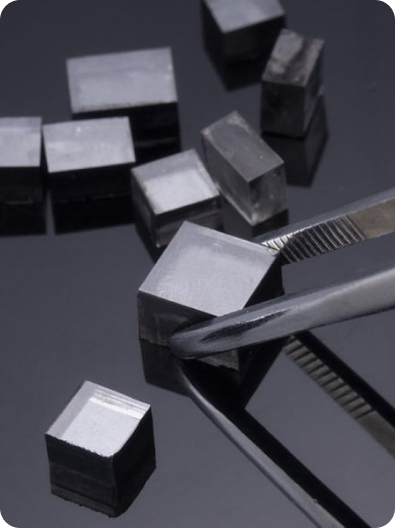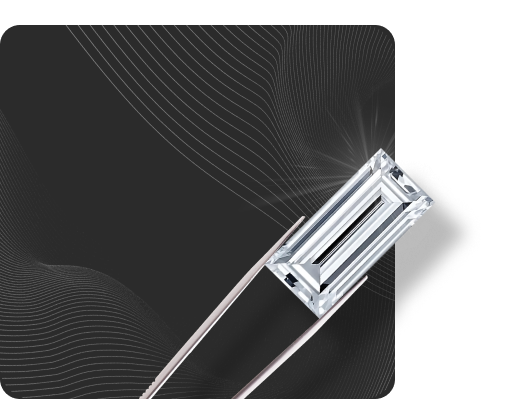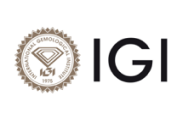


At Nyra Diamonds, we're passionate about revolutionizing the jewelry industry with our lab-grown diamonds. Our diamonds are created using sustainable practices, offering you the beauty of diamonds without the environmental impact of mining. Join us in our mission to redefine luxury with ethical, eco-friendly jewelry.




















As a Leading Diamond Company, We are Dedicated to Providing Comprehensive Educational Resources and Answering Frequently Asked Questions to Help Our Clients.
Created using a process where carbon atoms are deposited onto a diamond seed in a vacuum chamber, resulting in high-quality, pure diamonds.
Formed by subjecting a diamond seed to high pressure and temperature, simulating natural diamond formation and enhancing clarity and color.
Yes, lab diamonds have the same carbon composition as natural diamonds. Therefore, they have the same thermal conductivity. The test results are positive when exposed to the diamond tester, since the diamonds have the same physical and chemical properties as natural diamonds.
However, in some instances, lab-grown diamonds contain lower proportions of nitrogen than natural diamonds. They would give negative results in such instances, but this does not imply that the diamond is fake. Regardless of any outcome, you should know that lab-grown diamonds have chemical, physical, and optical properties like earth-mined diamonds.
Shoppers are increasingly choosing lab-grown diamonds over mined diamonds for many reasons: they're more sustainable, more affordable, and provide complete assurance that they were ethically sourced. Lab diamonds are real diamonds that are optically, physically, and chemically identical to their mined counterparts, and will test as a diamond when a diamond tester is used.
There are two processes in which lab diamonds can be grown: High Pressure, High Temperature (HPHT), and Chemical Vapor Deposition (CVD). Some lab-grown diamond grading certificates will indicate how the diamond was made.
The key difference is; one, natural diamond is formed by NATURE. Created by intense heat and pressure for years inside the Earth. Two, synthetic is made in a laboratory with advanced technology in short order. Structurally both have the same chemical composition.
Natural diamonds are rare, mining is difficult, the supply and logistics chain is difficult, so they demand huge price. Since all cannot afford such rare pricy, laboratory created (synthetic) are now so much in demand that they can charge almost 50% of natural.
The certification of lab diamonds involves a meticulous process to ensure that these diamonds meet specific standards of quality, authenticity, and ethical production. Unlike natural diamonds, lab made diamonds are created through technological processes in controlled environments. As a result, certifying organizations play a pivotal role in providing consumers with the necessary assurance about the origin and quality of these diamonds.
Several reputable certifying organizations are responsible for evaluating and certifying grown diamonds. Some of the prominent names in this industry include:
IGI is a globally recognized gemological laboratory that evaluates and certifies diamonds, including synthetic diamonds. They assess factors such as cut, color, clarity, and carat weight, providing consumers with a detailed report on the diamond’s characteristics.
GCAL is known for its comprehensive certification process that covers both natural and lab conflict-free diamonds. They employ advanced technology to analyze and grade diamonds, offering consumers transparency and confidence in their purchase.
While traditionally associated with natural diamonds, the GIA has expanded its services to include the certification of synthetic diamonds. The GIA provides a detailed report outlining the diamond’s characteristics, ensuring transparency in the market.
CIBJO is an international organization that sets standards for the jewelry industry, including grown diamonds. They provide guidelines and recommendations for the certification of these diamonds, contributing to ethical practices within the industry